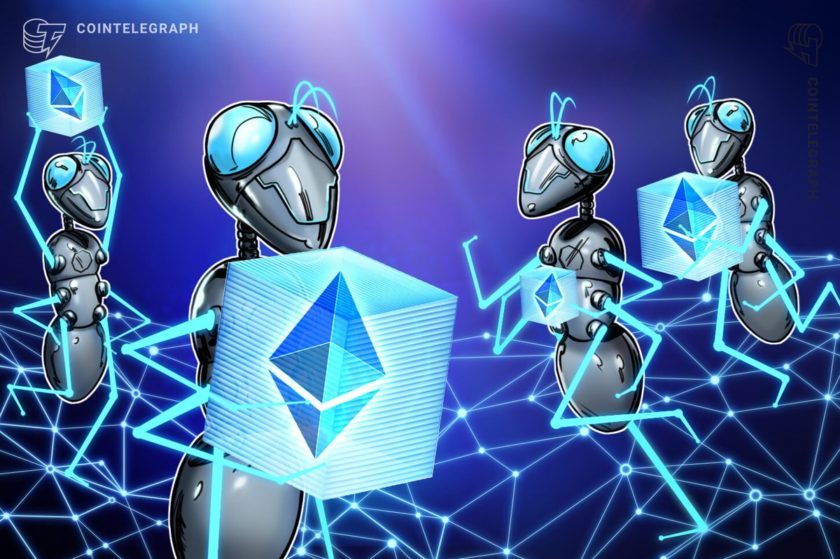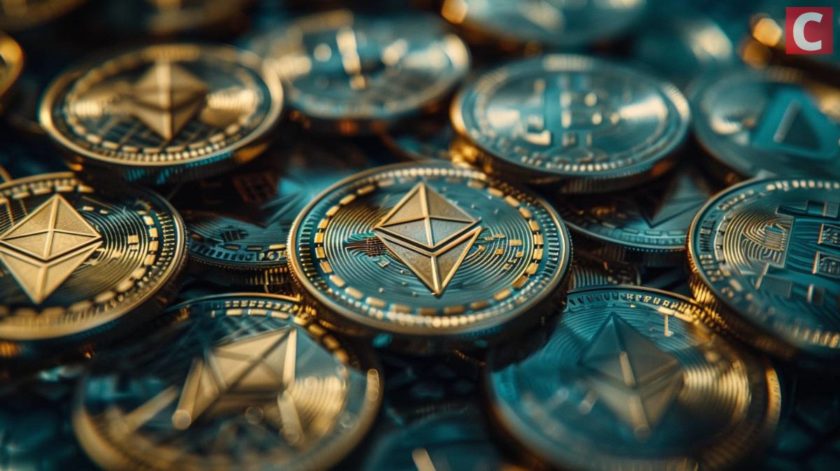Amber Baldet, former JPMorgan blockchain program lead (and current CEO of Clovyr), has expressed her doubts about the proliferation of blockchain protocols: “Each of these blockchains speaks a different language,” she said in April.
Getting different blockchains to talk to one another has become a pressing issue, as more and more protocols pop up – eos, tezos, neo, cardano, not to mention the two incumbent giants, bitcoin and ethereum.
The growing interoperability problem may be meeting its match, however.
On Monday, the Beijing- and Austin-based startup Wanchain announced the live release of its protocol’s version 2.0, which allows for decentralized transactions between its blockchain and ethereum using a form of atomic swap.
With this announcement, wanchain has become one of the first protocols to demonstrate the viability of cross-chain transactions. The project has made linking blockchains its core focus, with the aim of enabling use cases like multi-asset ICOs and better decentralized exchanges – the latter of which has been the goal of a growing number of startups.
Wanchain raised 121,500 ether – worth around $37 million at the time – during its ERC-20 token sale in 2017. In January, it executed a token migration from ethereum to its own blockchain.
For now, Wanchain’s solution only allows ether (the native currency of the ethereum network) to be transferred to wanchain and back, but in time, the statement continued, wanchain will “allow for seamless integration with almost any blockchain in existence.”
“This is a very exciting time for Wanchain in our vision to reshape the world of digital assets and finance,” the company’s founder and CEO Jack Lu said in a statement.
How it works
Teaching blockchain protocols to speak each others’ languages is a daunting technical challenge, Lu contends, because “different blockchains have different consensus algorithms.”
That’s only the first challenge, however. Bitcoin represented such a milestone because it was the first decentralized solution to solve the “double-spend” problem: in a nutshell, since data is infinitely replicable, what’s to stop someone from spending the bitcoin in their account, then spending it again?
Lu told CoinDesk:
“On a single chain, it’s already very challenging to solve the problem of double-spending. And if you’re trying to solve the problem of double-spending cross-chain, it’s even harder.”
In Wanchain’s solution, a group of specialized nodes called “storemen” use a technique called secure multiparty computation to lock a certain amount of ether on the ethereum blockchain – preventing it from being spent, but without destroying it (by sending it to an address without a known private key, for example).
That ether then becomes available on wanchain as the “mapping token,” WETH. If the user wants to transfer the value back to ethereum, the WETH is burned, and the original ether is unlocked using a threshold scheme, in which a certain number of the storemen nodes must provide fragments of a secret key.
That way, no single node can double-spend the ether while the corresponding WETH still exists.
Wanchain is not alone in this market, though. Nuco’s aion project started its work with ethereum as well, releasing a “testnet” version of its ether token bridge in June, plus a handful of other projects and startups have been working on creating links between disparate blockchains – for instance, dogecoin and ethereum.
Yet there seems to be interest around collaborative efforts as they relate to this particular use case. Wanchain and Aion, for instance, joined Icon, another project aimed at cross-chain communication, to form the Blockchain Interoperability Alliance in November, in an effort to prevent a confusing array of competing standards.
Public, private and fiat
Yet, wanchain’s mission doesn’t stop just at interoperability.
The project also aspires to be a blockchain for initial coin offerings (ICOs) as well.
With the release of wanchain 2.0, it is now possible to conduct an ICO on Wanchain that accepts both its WAN tokens and ether.
Soon the list of compatible assets will expand to encompass some ERC-20 tokens. Bitcoin compatibility is slated for the end of this year. Each token it can accept in a crowdsale natively improves the use case for a potential buyer, who doesn’t have to bother with exchanging what they have.
In fact, Wanchain is incubating six ICO projects now.
Besides fundraising, the company has described potential use cases including decentralized exchanges, the seamless transfer of medical records, and credit and lending services.
Eventually, Lu told CoinDesk in a recent interview, “we want to connect with not only the public chains, but also private chains, as well as fiat currency.”
Since Wanchain’s cross-chain communication is a “generic solution,” he said, it would be able to link to central bank-issued crypto assets the same as any other blockchain. He is “confident” that blockchain-based fiat currencies will appear in the near future, adding:
“And then the fiat currency can flow into the crypto economy.”
Image via Shutterstock
The leader in blockchain news, CoinDesk is a media outlet that strives for the highest journalistic standards and abides by a strict set of editorial policies. CoinDesk is an independent operating subsidiary of Digital Currency Group, which invests in cryptocurrencies and blockchain startups.




